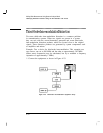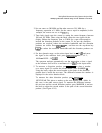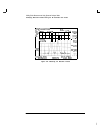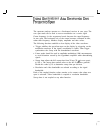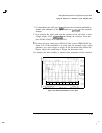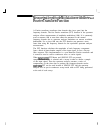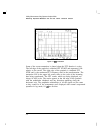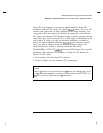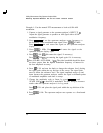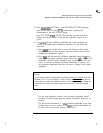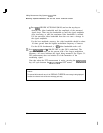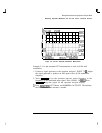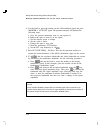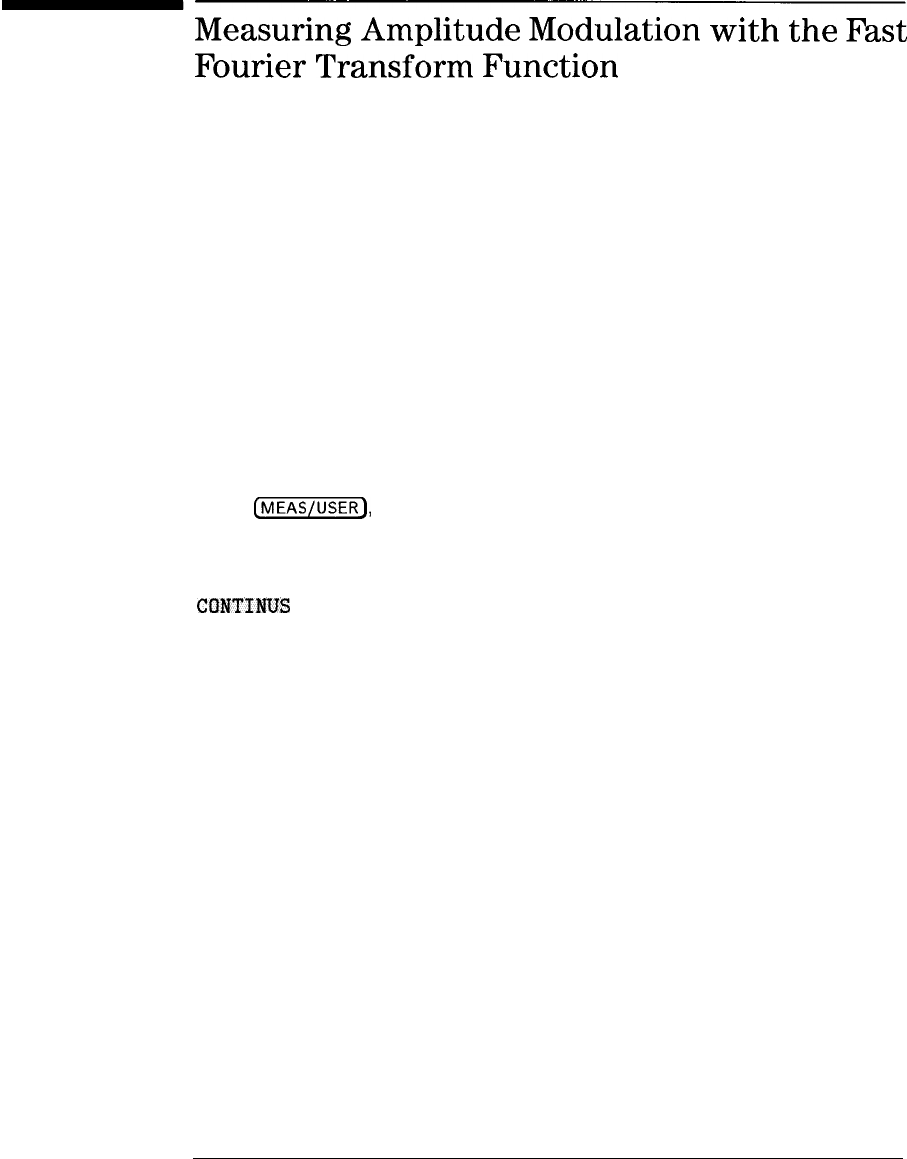
I
-
Measuring
Amplitude
Modulation
with
the
Fast
Fourier
Transform
Function
A Fourier transform, transforms time domain data (zero span) into the
frequency domain. The fast Fourier transform (FFT) function of the spectrum
analyzer allows measurements of amplitude modulation (AM). It is commonly
used to measure AM at rates that cannot be measured in the normal
frequency domain due to spectrum analyzer limitations on narrow resolution
bandwidths. For a given AM rate, the FFT function can generate a trace
faster than using the frequency domain for the equivalent spectrum analyzer
measurement.
The FFT function calculates the magnitude of each frequency component
from a block of time-domain samples of the input signal. It uses a flat top
filter response. This implementation is a post-detection Fourier transform and
it cannot be used to resolve continuous wave or carrier signals.
When
(MEAS~USER),
FFT Menu, and SINGLE FFT are pressed,
sample-detection mode is selected and a sweep is taken to obtain a sample
of the input signal. Then the spectrum analyzer executes a series of
computations on the time data to produce the frequency-domain results.
CDNTINUS
FFT can be used instead of SINGLE FFT and the spectrum
analyzer will be put in continuous sweep mode with an FFT being performed
at the end of each sweep.
5-3



